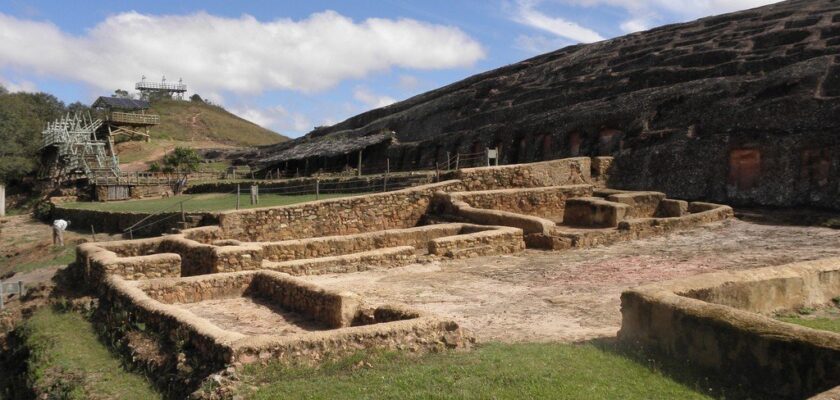El Fuerte de Samaipata
El Fuerte de Samaipata is an archaeological site and UNESCO World Heritage Site located in Bolivia, in the Santa Cruz Department of Florida Province. It is located in the eastern foothills of the Bolivian Andes and is a popular tourist destination. Fuerte de Samaipata is also called El Fuerte, which, in Spanish, means “the fortress.”
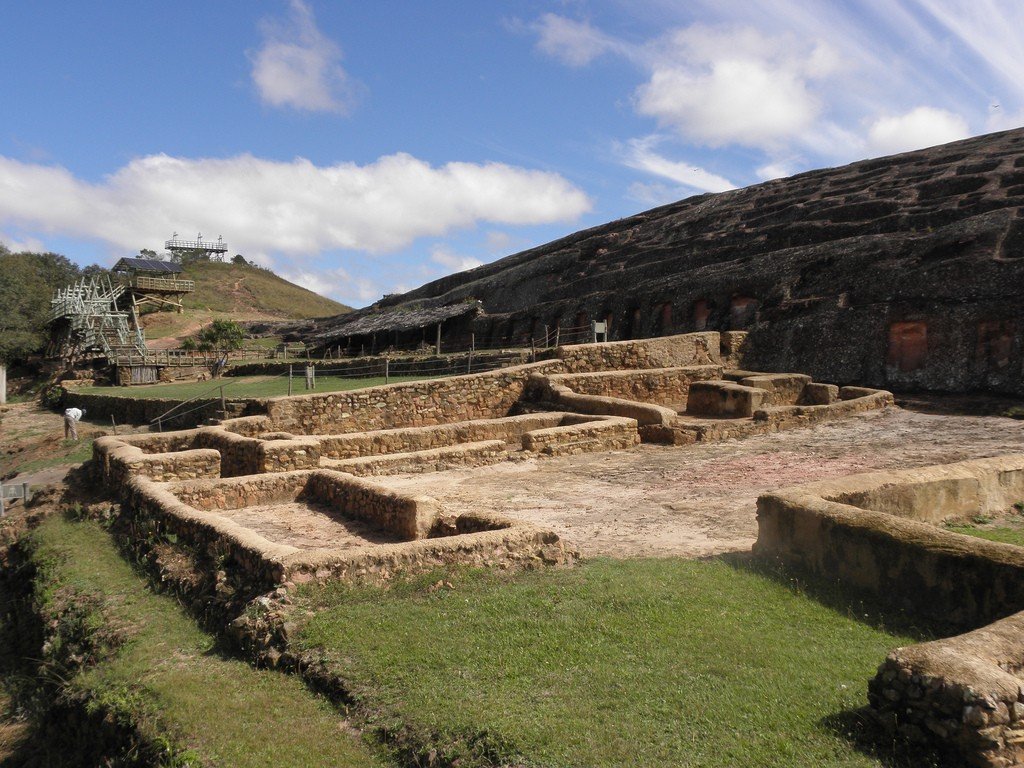
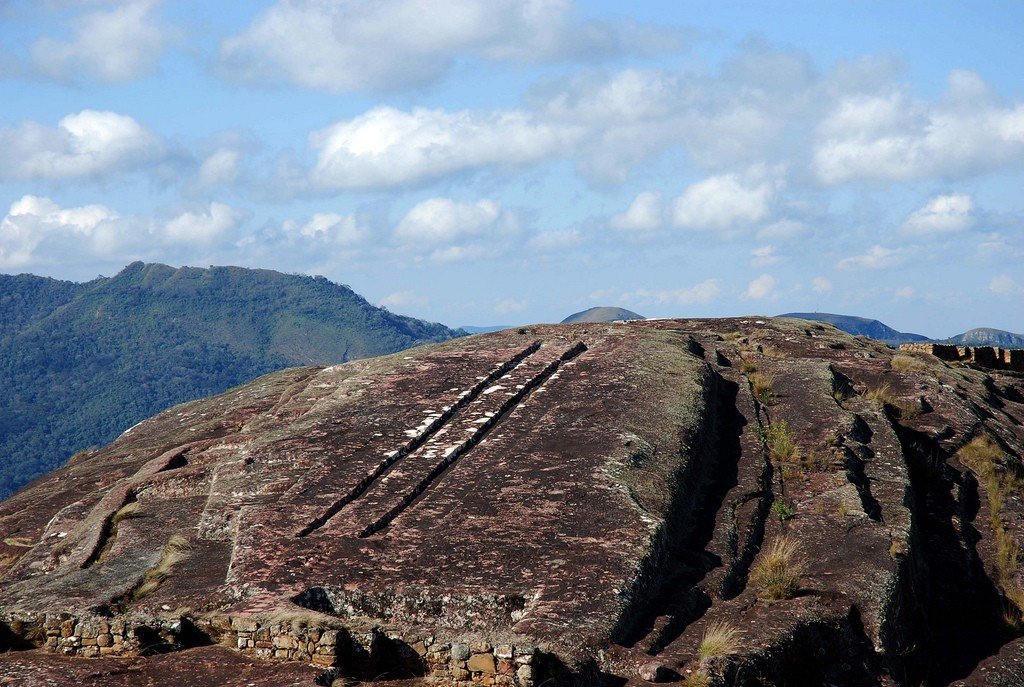
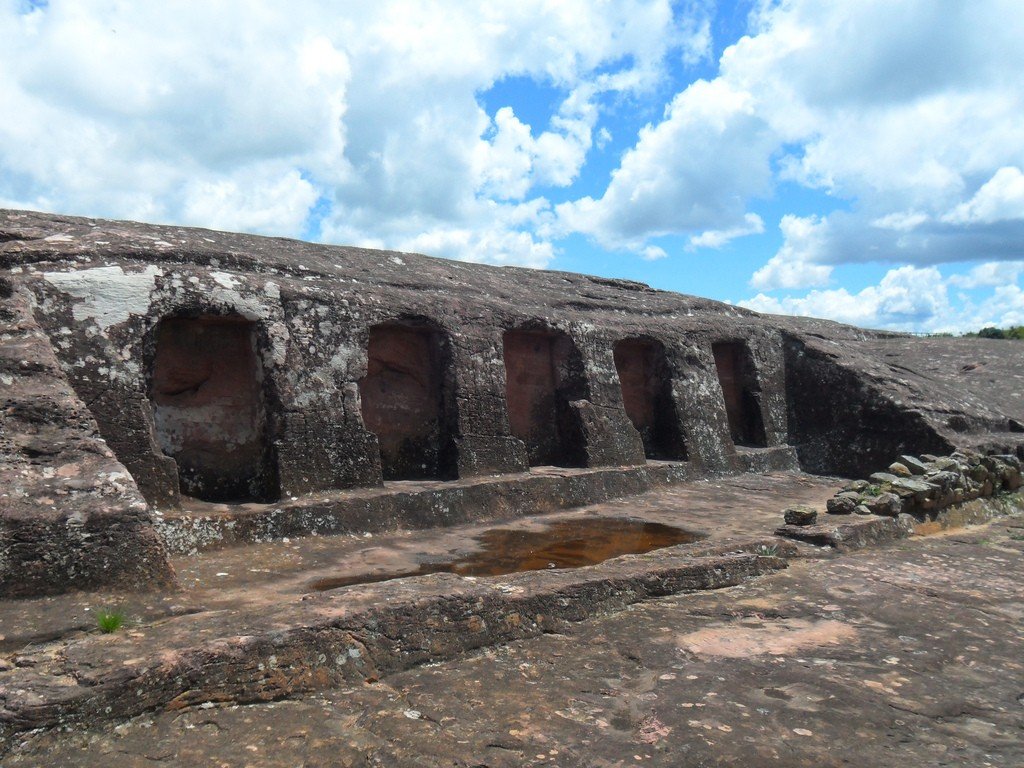
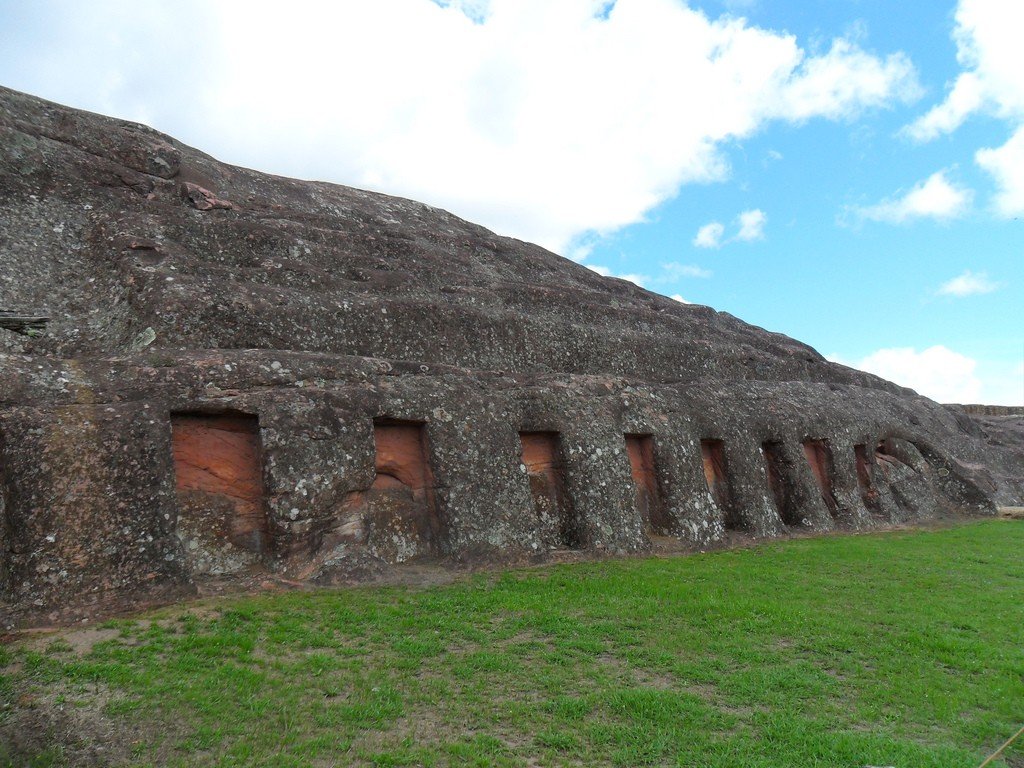
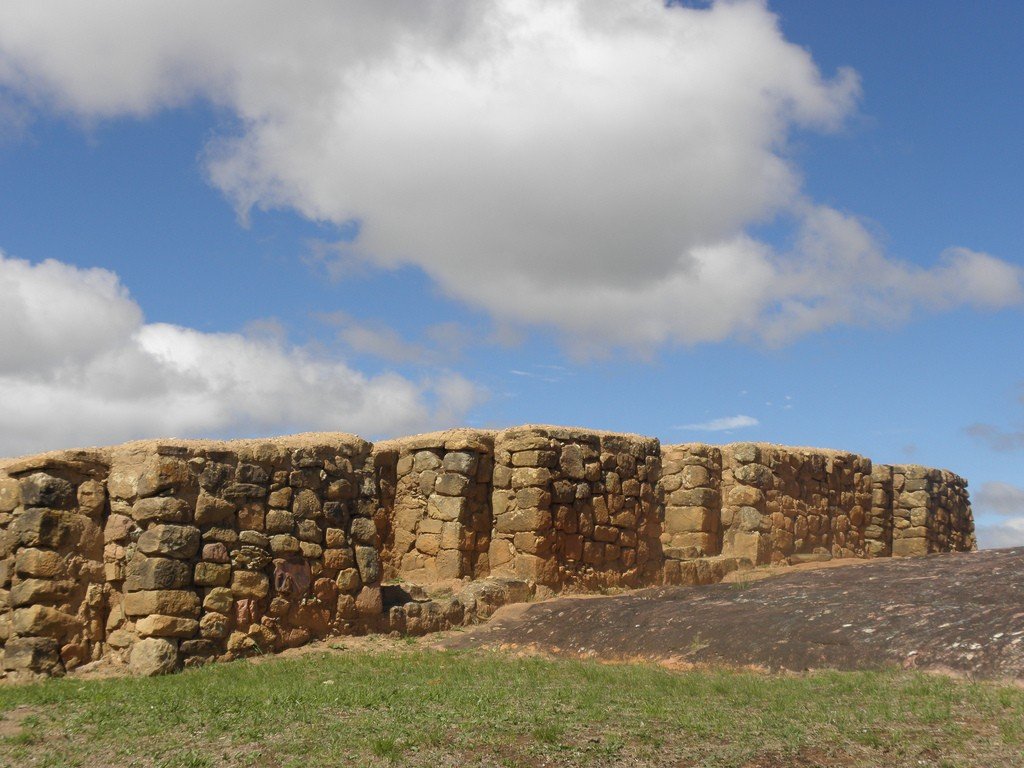
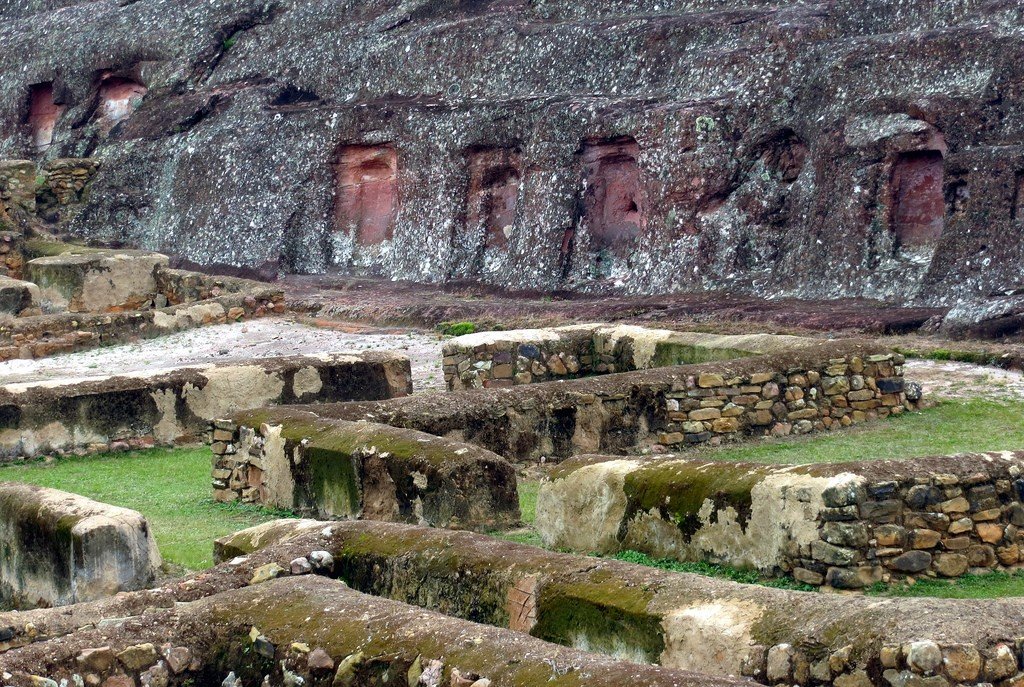
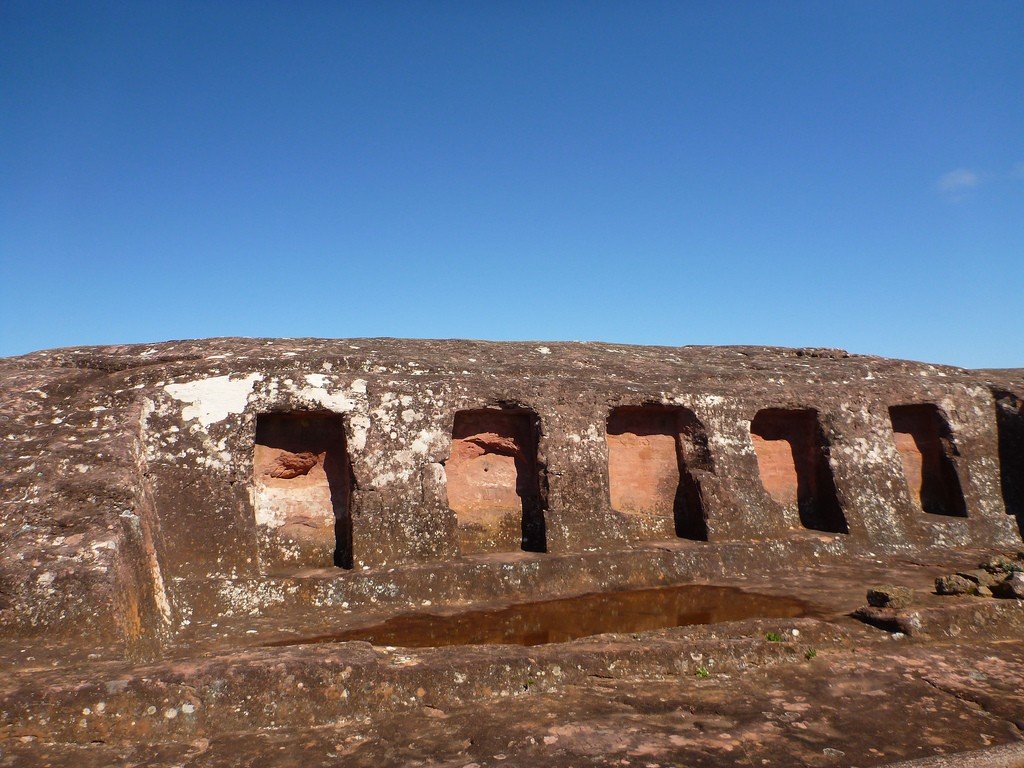
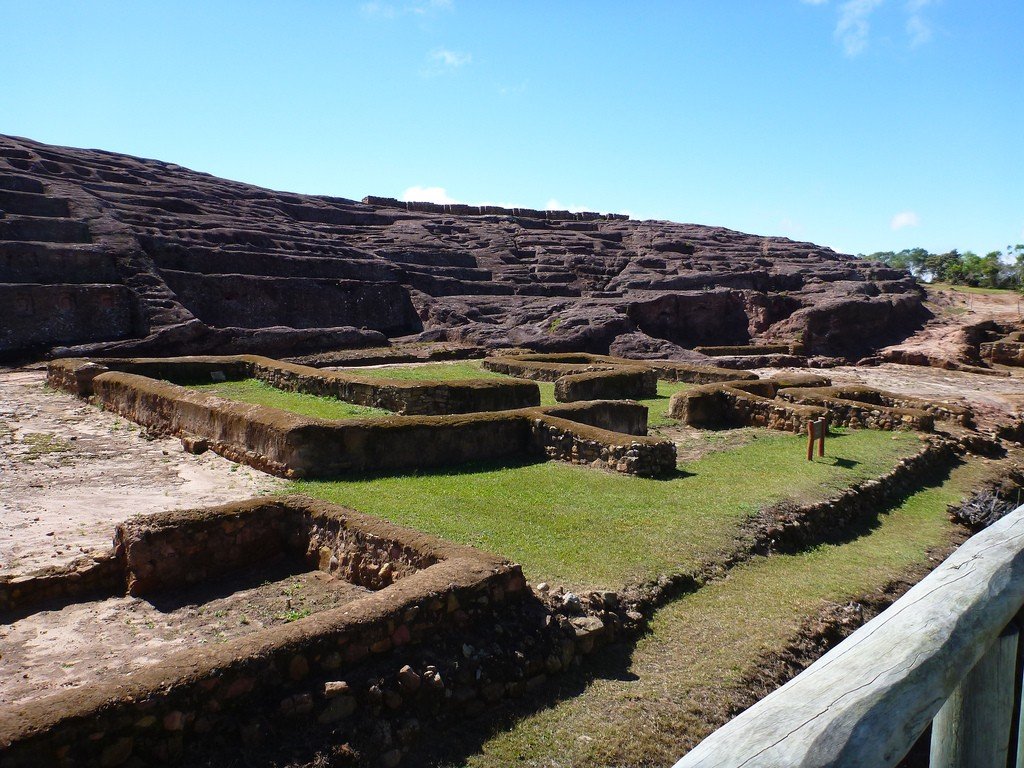
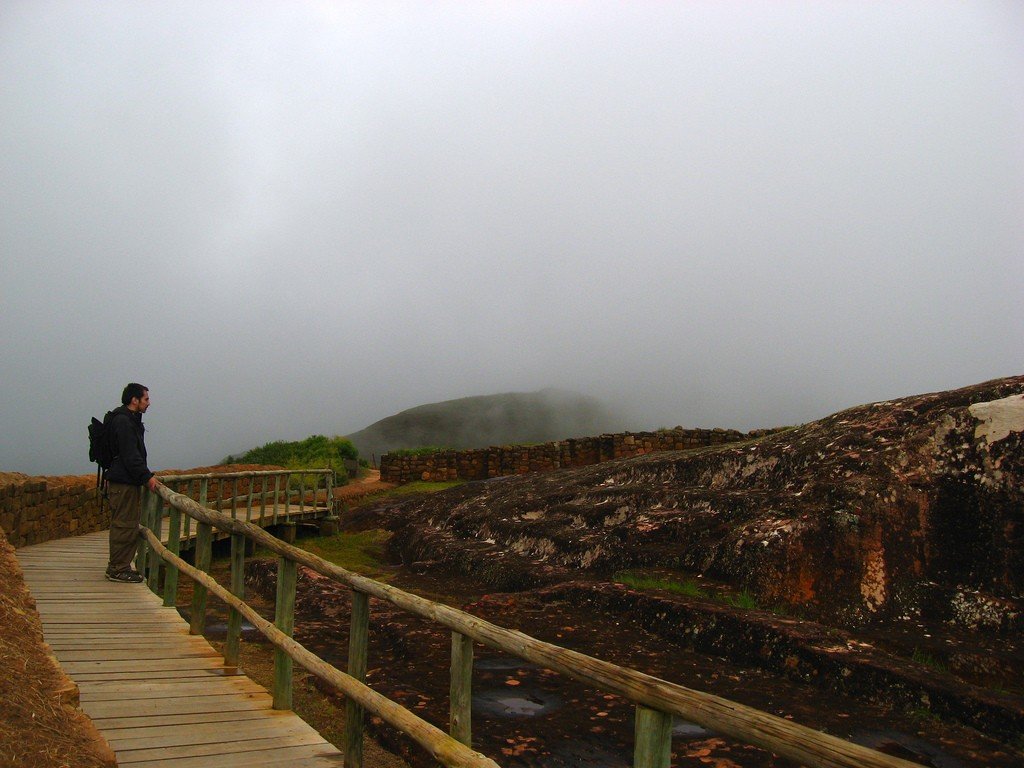
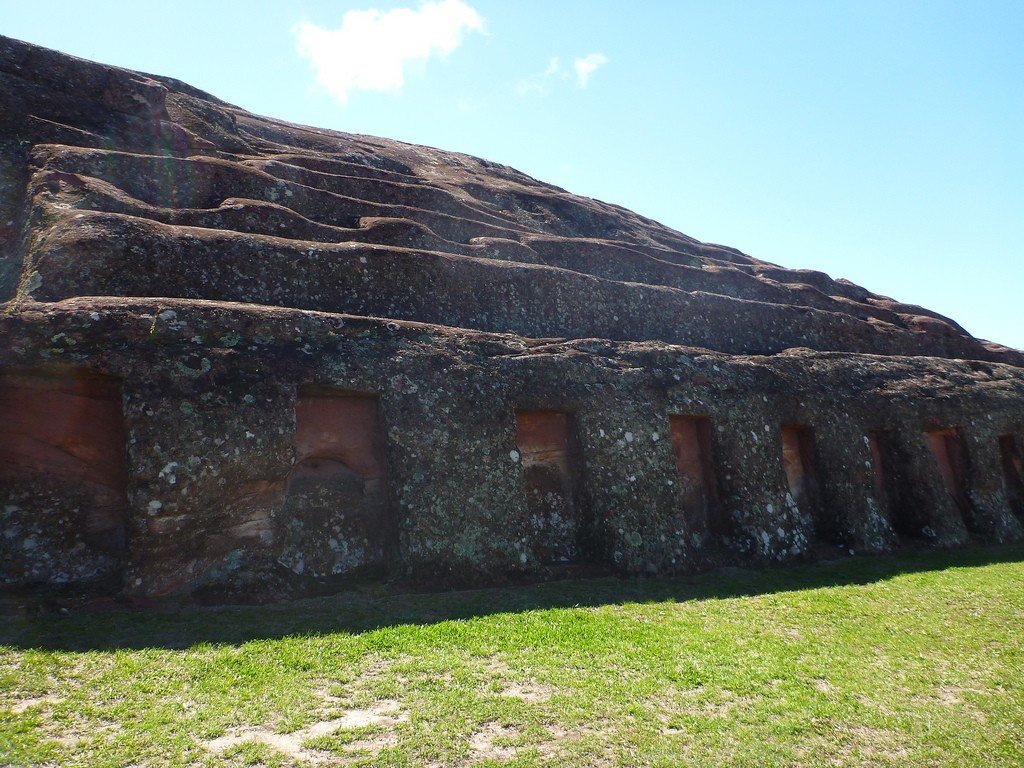
General information
The complex consists of two components: the first part is a hill with various numerous images, and the second part is a vast area where the administrative, political and residential center used to be located.
.Scientists believe that this complex was an early pre-Columbian religious site that was built by the Chane people. In addition, ruins of Inca structures have also been found here. Periodically, the Inca and Chane settlements were raided by Guarani warriors, who conquered the Santa Cruz Valley. Not far from the temple complex built their settlements Spaniards. Later they moved to the neighboring valley, where the city of Samaipata is located.
.The archaeological monument includes three cultures: Inca, Chane, and Spanish. The buildings on the site are surrounded by kancha-shaped perimeter walls, which is typical of the Inca. On the lowest ground stands a huge building, Kallanka, which served most likely as the main administrative and religious center.
.
The highest point of El Fuerte hill is quite difficult to climb. After the rains here are formed huge puddles, heat, stuffiness, mosquitoes, only add to the unsightly picture. In addition, the area is full of snakes. Therefore, locals try to avoid this place.
.The most interesting feature of Fuerte de Samaipata is El Cascabel. Two parallel lines point to certain points in the eastern part of the sky with the position: azimuth 71°, altitude about 6.75°. Some archaeologists claim that the unusual carvings on the stone may have been left by a pre-Inca civilization and commemorate the passage of Halley’s Comet in March 1066. Relatively recently, Erich von Daniken, a proponent of the paleocontact theory, suggested that it was the launching pad for an ancient flying object.
.The legend of the site’s creation is also associated with the summit of Mount El Fuerte. It is believed that the site was built to bring the gods back to earth. It is believed that the Indians built a replica of a flying machine and cut it open with gold alloy. During festivals, the apparatus was lifted into the sky, thus welcoming the gods. “Sons of the Sun” – so called themselves the rulers of the Incas. They, like the pharaohs of Egypt, believed that the gods descended from the heavens. In Colombia, as in Egypt, archaeologists have found copies of flying devices that are several millennia old.
.Tourists
Due to damage caused by visitors carving letters and symbols into the rock, as well as erosion caused by water flows, the inner area of the complex is fenced off to prevent more damage. Nevertheless, much of it is accessible to the public. The site is under the care of the non-profit organization Stonewatch.
.Address
Santa Cruz de la Sierra, Bolivia.
.